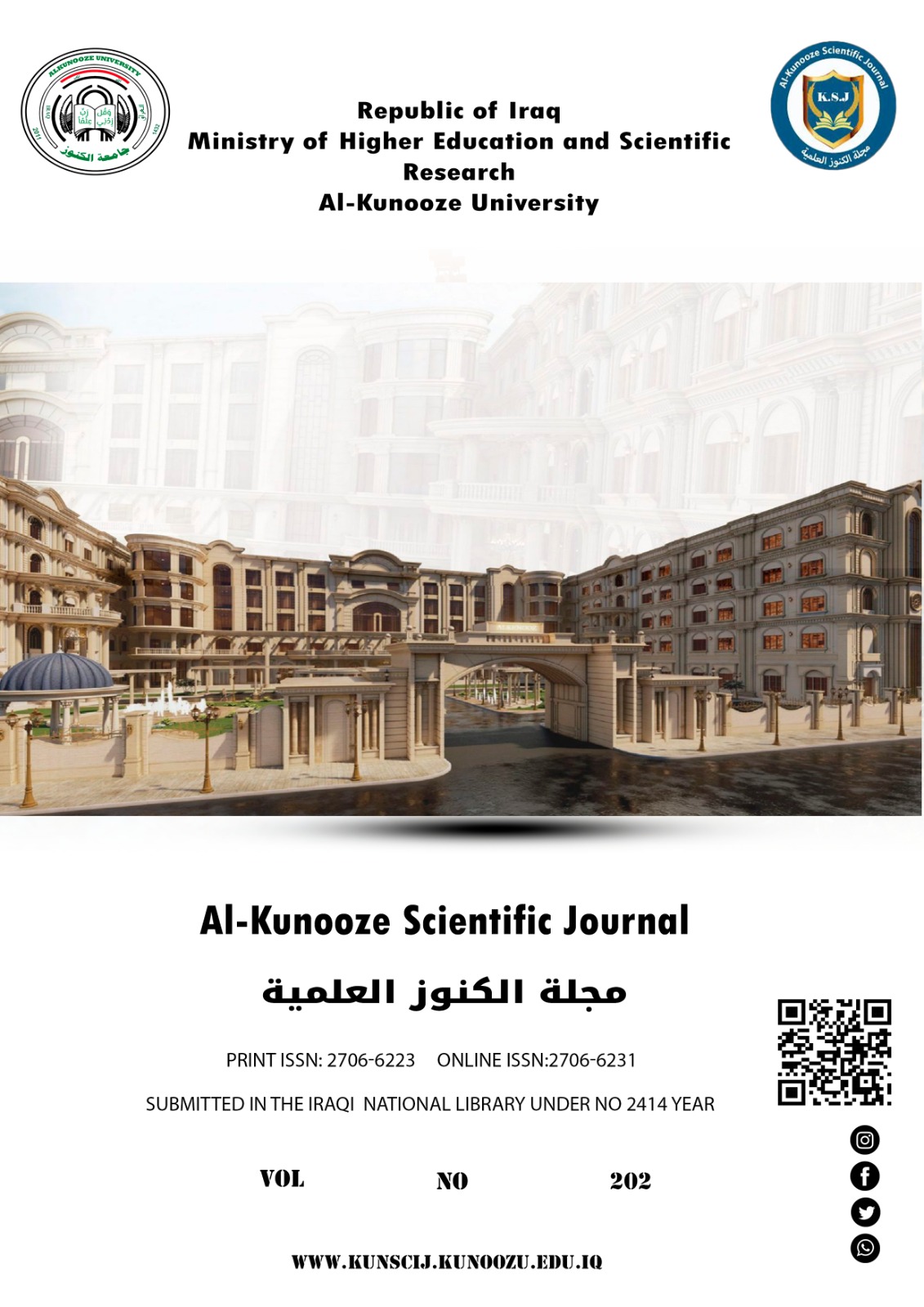Abstract
The combination of smoking, secondhand smoke, and radon exposure from tobacco results in an especially serious health risk. The risk of lung cancer due to indoor radon exposure can be decreased with current technology. Radon may be the second cause of lung cancer due to smoking, the synergistic effect between radon and tobacco smoke. People who inhale tobacco smoke are exposed to higher concentrations of radioactivity due to radon gas and its decay products. To investigate whether the cigarette tobacco itself is a potential source of indoor radon, the levels of radon and thoron from radioactive decay were measured in tobacco samples of 28 different brands in the local market using CR-39 Solid State Nuclear Track Detectors (SSNTDs) and Sealed Can technique. The results showed that the 222Rn and 220Rn concentrations in cigarette tobacco samples ranged from 91.7 to 492.8 Bqm-3. The radon radioactivity concentrations that emerged from all investigated 28 samples were significantly higher than the background level and WHO recommendations level in some aspects. The annual effective dose from the use of these tobacco and the lung cancer cases per year per million persons were calculated for all samples.
Keywords
Can technic
CR-39
Lung cancer
Radon gas
Tobacco
